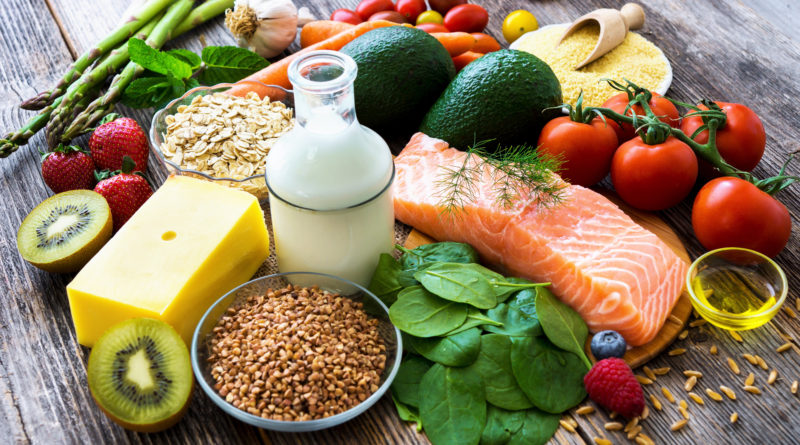How to Make Your Favorite Recipes Healthier
490 total views, 1 views today
One important part of any good summer health and wellness plan is eating healthy, but it can be hard to give up your favorite not-so-healthy foods! Luckily, there are plenty of ways to make your favorite recipes fit in a new diet or health plan. Read on below for four of the best tricks to make your favorite recipes healthier.
Reduce salt or butter
Salt is used as a seasoning in nearly every recipe, and consuming a high amount of sodium over time can lead to high blood pressure, cardiovascular disease, and stroke. Although salt is an important ingredient in many recipes, most of the time, you can take as much as half of the salt out without noticing a significant difference in the flavor.
Another common ingredient with some negative health effects is butter, and it’s often used more than it needs to be as well. Most recipes won’t be significantly changed by decreasing the butter content or even subbing in a low-fat alternative to butter. This will help you lower your cholesterol and decrease the risk of heart disease.
Use low-fat or fat-free versions of ingredients
Butter isn’t the only common ingredient with low-fat options, and many other foods have less fatty alternatives. Try using low-fat cheese, skim milk, fat-free yogurt, and other reduced-fat dairy products to significantly decrease your fat intake without having to abstain from dairy completely.
Other than dairy, the main source of fat in your diet is most likely meat. Whenever possible, eat white meat instead of red meat. Hamburgers and pork are okay to eat sometimes, but if you have a meat-heavy diet, choose chicken, turkey, or fish most of the time for a leaner option. Many common hamburger or pork products have great-tasting alternatives made out of turkey.
Use whole grains
Many recipes that ask for processed or enriched grains can be easily made healthier by substituting whole-grain. Swap whole wheat flour for white flour, brown rice for white rice, and so on. Whole grains can help lower your risk of heart disease and diabetes, and they’re high in fiber, which helps you feel full quicker and keep from overeating. Whole grains also cause less inflammation than processed grains, so it’s great to make the switch if you have digestive problems when eating grains.
Add veggies
Another easy way to make a recipe healthier is to simply add some vegetables. This is easy to do in savory dishes that involve meat or pasta, but what about sweet foods? Most sweet recipes have enough sugar and other flavors to mask the taste of any added vegetables, so you can mix in some super finely chopped or shredded veggies without messing with the taste.
Some great vegetables for mixing in with sweet foods include carrots, zucchini, and even potatoes. Carrots and zucchini are both sweet and don’t have too much flavor, and potatoes easily blend into bread products like cupcakes.

